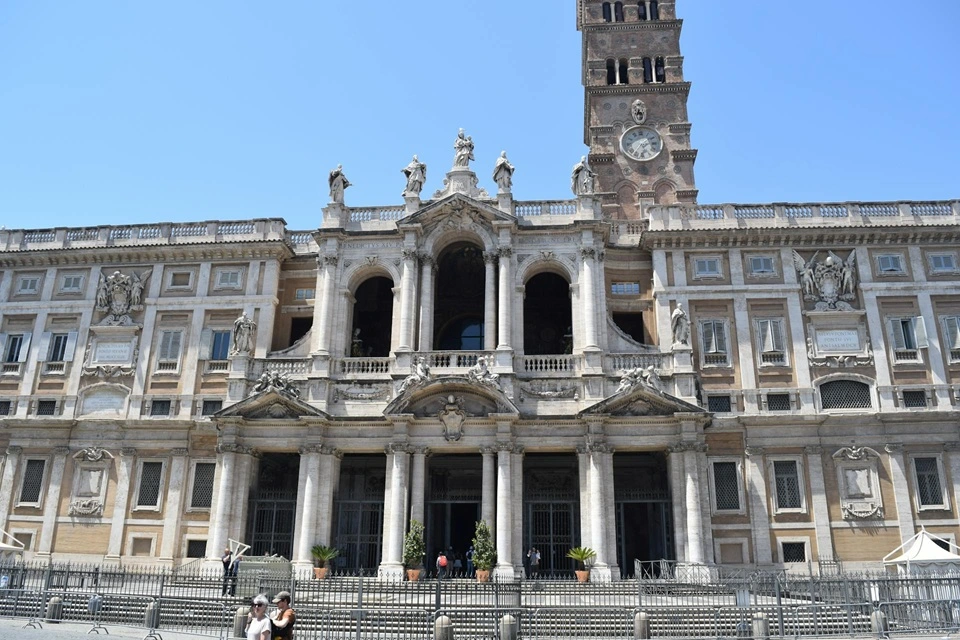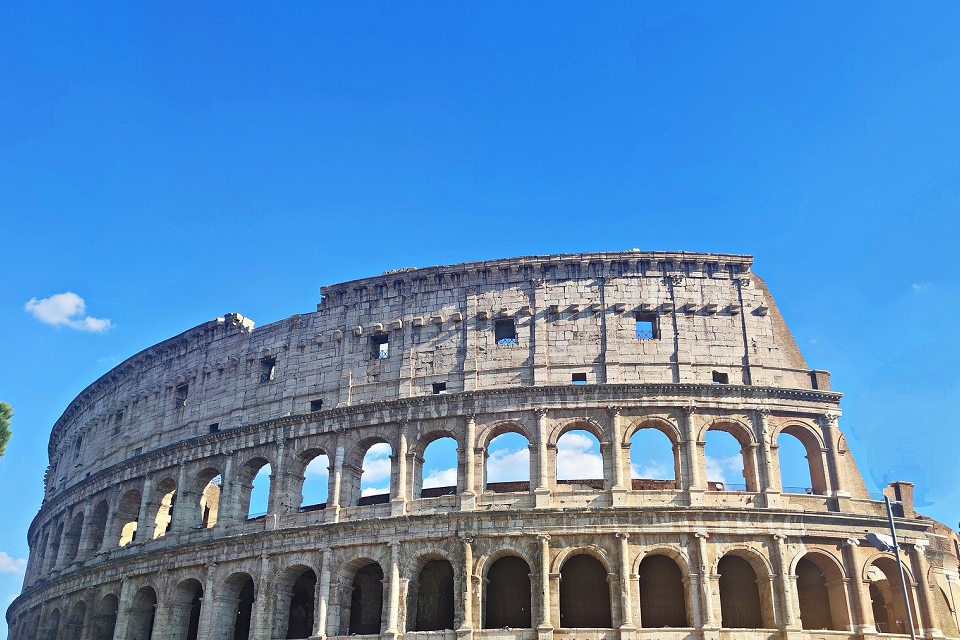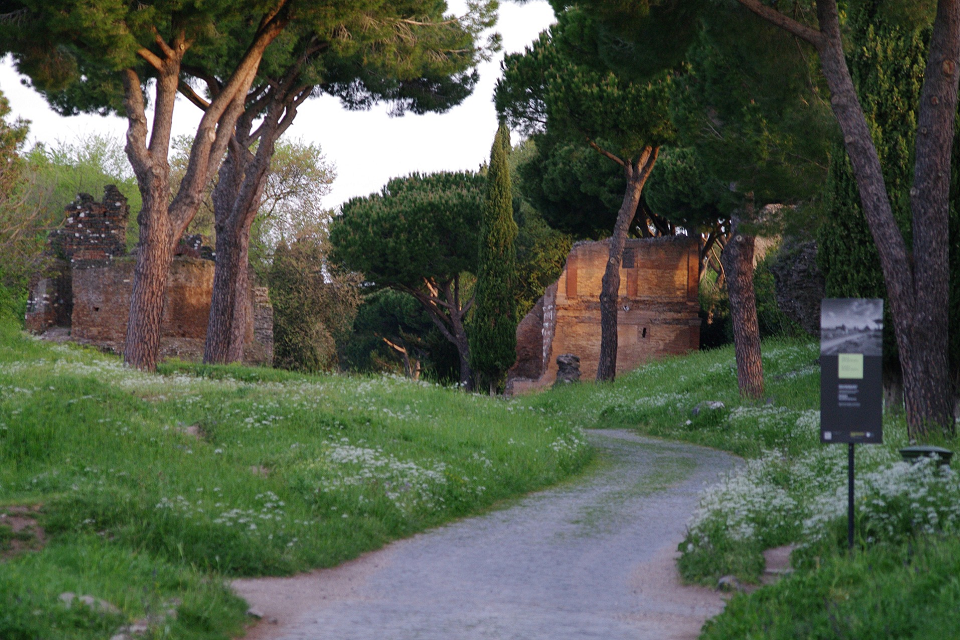The Basilica of Santa Maria Maggiore, one of Rome’s four papal basilicas, stands as a testament to the city’s rich Christian heritage. Situated on the Esquiline Hill, it is not only a significant religious site but also a beacon of artistic and architectural grandeur. This article delves into its history, architectural splendor, artistic treasures, and the personal connection of Pope Francis, who chose it as his final resting place.
Basilica Santa Maria Maggiore tickets
Historical Background
Founded in 358 AD by Pope Liberius, Santa Maria Maggiore is among the oldest churches dedicated to the Virgin Mary. Its establishment was a response to a miraculous snowfall on the Esquiline Hill during the summer, which was interpreted as a divine sign. The church’s construction was funded by a wealthy Roman patrician, John, who pledged his fortune upon experiencing the miracle. Over the centuries, the basilica has undergone numerous renovations and expansions, reflecting the evolving architectural styles and religious sentiments of each era.
Architectural Grandeur
Santa Maria Maggiore’s architecture blends early Christian and Baroque styles in perfect harmony. The façade, finished in the 18th century, is decorated with detailed carvings. A towering bell tower rises above it, the tallest in Rome. Inside, the nave is lined with 36 marble columns, some taken from ancient Roman temples. The triumphal arch and apse shine with 5th-century mosaics showing scenes from the lives of Christ and the Virgin Mary.
Artistic Treasures
The basilica houses several invaluable artistic masterpieces. Among the most revered is the Salus Populi Romani, a Byzantine icon of the Madonna and Child, believed to have been painted by St. Luke. This icon has been a focal point of Marian devotion for centuries. Another significant relic is the crib of Christ, believed to contain pieces of the manger where Jesus was laid at birth. These relics, along with the basilica’s rich mosaic work, make it a vital center for Christian art and history.
Basilica Santa Maria Maggiore tickets
Papal Connections
Santa Maria Maggiore has long been associated with the papacy. Several popes are buried within its walls, including Pope Sixtus V, who commissioned the construction of the basilica’s bell tower, and Pope Clement VIII, who oversaw significant renovations. The basilica also serves as the site for the Feast of the Assumption of Mary, a major event in the Catholic liturgical calendar, where the pope presides over the Mass.
Pope Francis’s Personal Connection
Pope Francis’s relationship with Santa Maria Maggiore is deeply personal. Since his election in 2013, he made numerous visits to the basilica, often before and after his apostolic journeys. He would kneel before the Salus Populi Romani icon, seeking the Virgin Mary’s protection for his travels. This practice underscored his profound devotion to the Virgin Mary and his deep connection to the basilica.
In 2023, Pope Francis announced his desire to be buried at Santa Maria Maggiore, breaking with the long-standing tradition of papal burials at St. Peter’s Basilica. He expressed that the basilica’s significance in his spiritual life made it a fitting place for his final resting place. Preparations for his tomb were reportedly underway, reflecting his commitment to this personal wish.
The Significance of His Burial
Pope Francis’s decision to be interred at Santa Maria Maggiore holds profound symbolic meaning. It reflects his emphasis on humility and simplicity, values he has consistently promoted throughout his papacy. By choosing a church that has been a center of Marian devotion and papal history, he underscores the importance of tradition while also making a personal statement about his spiritual journey.
Guided Tour of Santa Maria Maggiore
Visiting Santa Maria Maggiore with a guide reveals stories hidden beyond its grand façade. One exceptional experience leads you into the upper chambers of the basilica, usually closed to the public. There, you can stand before centuries-old mosaics glowing with golden light. The Hall of the Popes and the spiral Bernini Staircase offer rare views into the church’s layered history. The tour ends in the Liberian Museum, where papal records and relics are kept with care. Thanks to skip-the-line access, the focus remains on discovery, not delays.
Final thoughts
The Basilica di Santa Maria Maggiore is more than just a historical monument. It stands as a living testament to Christian faith, artistic achievement, and papal legacy. Pope Francis’s choice to be buried there adds a personal chapter to its rich history. His decision weaves his legacy into the fabric of the basilica. As pilgrims and visitors continue to arrive, Santa Maria Maggiore remains a beacon of faith, art, and history in the heart of Rome.
Basilica Santa Maria Maggiore is centrally located and easy to reach from other major Roman landmarks. It is about a 15-minute walk from the Colosseum and just 10 minutes from the Roman Forum. The Vatican is farther, roughly 30 to 40 minutes by public transport. This makes the basilica a convenient stop for anyone exploring the heart of historic Rome.


